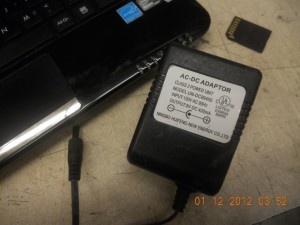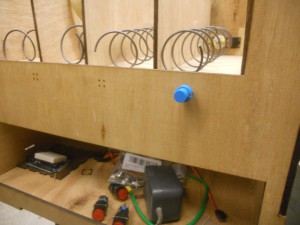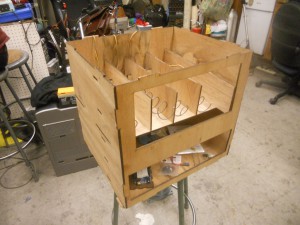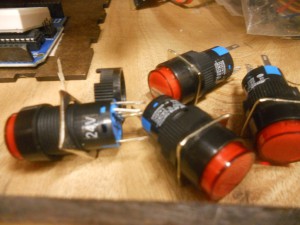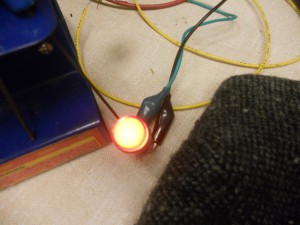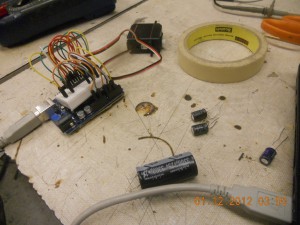As per my post on open-manufacturing,
“I’m part of a student-run shop, MITERS, at my university, and we considered stocking things like breadboards and arduinos (and other emergency project materials), but that’s really not in our budget as a club. We sort of have a “if the person who knows where the secret cache and can deal with money” system set up, but I wanted to make a countertop vending machine. Used vending machines on ebay are hundreds of dollars and gigantic (we’re tight on space). I decided that the relative portability/stealibility would be fine at MITERS since everyone that comes in is a student.”
From January 13th 2013:
i “finished” my vending machine prototype from mas.863 all in one go, it took ~a day to find all of my supplies (i swear, i had to think like a squirrel to figure out where i buried all my microcontrollers). by finish i mean only that the dispensing aspect works without being plugged into a computer. lasercut wood, buttons and spring off the internet, servos modded to be continuous rotation, arduino uno, and a wall wart. toward the end you can see some of the issues: i made the spacings large to accommodate larger items but… it doesn’t actually work that way, etc.
Here is a video of it failing:
One thing I did learn is that wall warts _will_ reset your arduino uno continuously if you are trying to draw current from them.
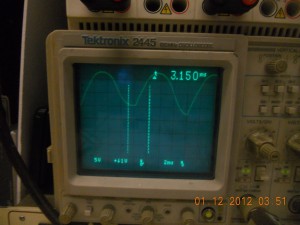 |
| a 9V wall adapter: 5V to 23V… |
In progress pics:
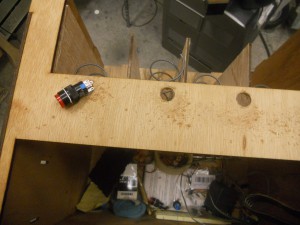 |
| drill out hole to inner diameter
I actually got some that lit up, but only at 24V or something silly |
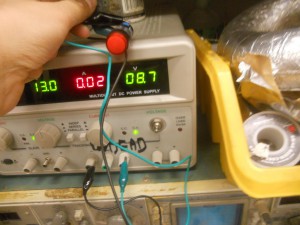 |
| Yea, even at 9V (I think I had a 9V wall wart) they are just barely lit up. |
That laser cut box shape looks like it could be endlessly customizable. For instance, one might make a front panel with engraved graphics and extend its edges beyond the bounds of the box to accommodate any sort of decorations or stick-on sign graphics.
It’s interesting how many vending machines today use those spiral/coil carrier mechanisms. When looking into this I found you could buy these as more-or-less generic modular units made in China that could be used in any cabinet design–though they’re still a bit expensive. So, apparently, there is more of a food chain of standardized parts for larger vending machines today akin to that of general electronics. It seems to me that the popularity of this kind of mechanism may come from its combination of greater reliability and flexibility. Vending machines with these are definitely more ‘solid state’ than those of the past and accommodate a wider variety of items in the same machine, with the ‘tuning’ between product types a matter of software/firmware. Different size item, different spacing in the coil, different number of turns to dispense. I wonder if the pro machines have modules pre-wired for a certain number of turns relative to the product size or if they are programmed by other means. The compromise, of course, is that the machines of the type tend to be rather generic in design because they’re relying on the packaging of the items to attract customers rather than design and graphics on the machine itself. The Japanese recently took a new angle on this, though, with the addition of display windows that double as touch screen displays. So the machine acts rather like a video bill-board when not in use then turns more transparent when you approach it with the window serving as a control panel for choosing items.
===
Well, that’s all I have to say about vending machines for a long time. I need to dismantle it sometime this summer and free up my shelf space at MITERS.
Happy summer everyone!


